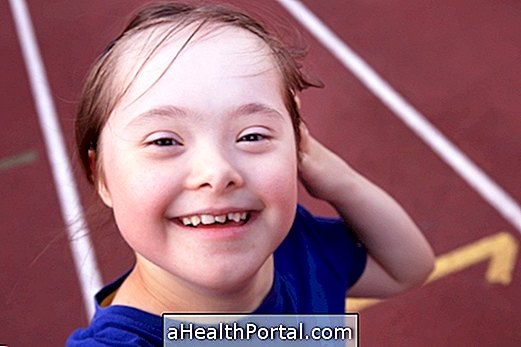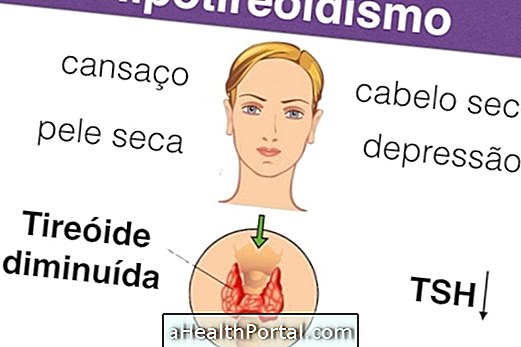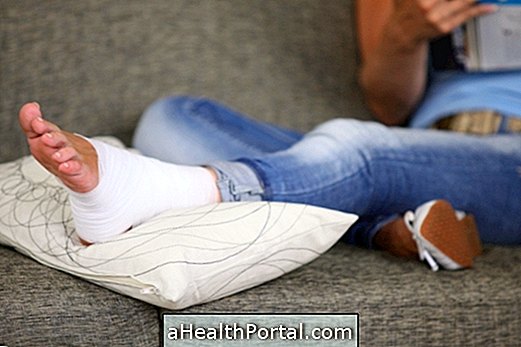In order for the child with Down's syndrome to start speaking faster, the stimulation should begin immediately in the newborn through breastfeeding because it helps greatly in strengthening the muscles of the face and breathing.
The strengthening of the structures used in speech, such as lips, cheeks and tongue, is fundamental because they are weakened, being one of the main characteristics of Down Syndrome, but besides breastfeeding there are other strategies that can help in the development of the child's speech .
Learn all about Down Syndrome here.

6 Exercises to help you speak
It is normal for a Down Syndrome child to have difficulty sucking, swallowing, chewing, and controlling lip and tongue movements, but these simple exercises can be done at home by parents and are helpful in improving feeding and speaks of the child:
- Stimulate the sucking reflex, using the pacifier so the baby can learn to suck. The baby should breastfeed, preferably, and parents should insist that they see that this is a great difficulty, because it is a very great muscular effort for the baby. See the complete breastfeeding guide for beginners.
- Pass a soft toothbrush inside the mouth, on the gums, cheeks and tongue of the baby every day so that it moves the mouth, opening and closing the lips;
- Wrap the finger with a gauze and gently pass inside the baby's mouth . It can moisten the gauze with water and gradually the flavors can be varied, moistening with liquid gelatin of various flavors;
- Play with the baby making sounds so he can imitate;
- Talk too much with the baby so he can participate in all activities involving music, sounds and conversations;
- In children older than 6 months, cups with various nozzles, anatomical spoons and straws of various sizes can be used to feed.
These exercises stimulate the muscles as well as the Central Nervous System which is still in the making, a great stimulus that helps develop the baby's capabilities.
See the exercises that can help your baby sit, crawl, and walk faster.
The speech therapist can indicate the performance of other exercises, according to the need of each child and the stimulation does not have a deadline to end, and one of the main objectives is to make the child is able to speak the words correctly, forming sentences and being easily understood by other children.
But in addition to speech therapy sessions, it is also necessary to monitor the motor and school development throughout the childhood of the child with Down Syndrome. Here's how physical therapy can help your baby sit, crawl and walk in this video:



















